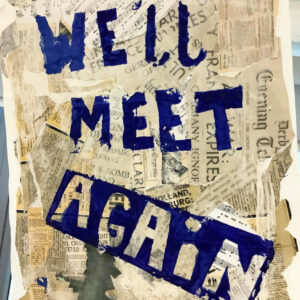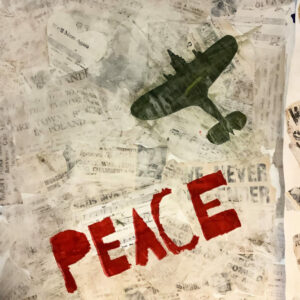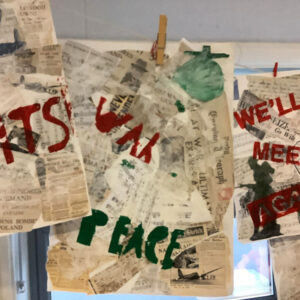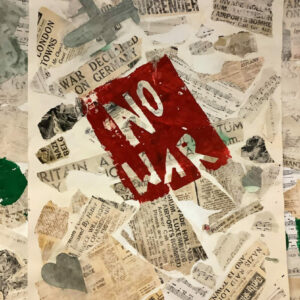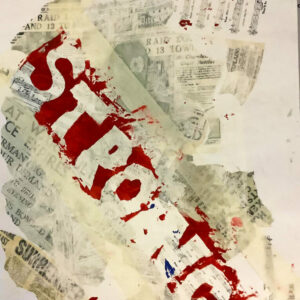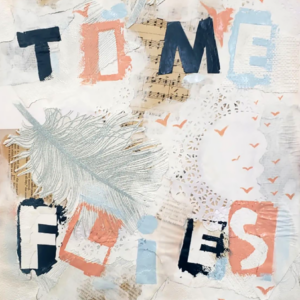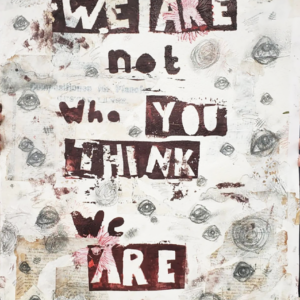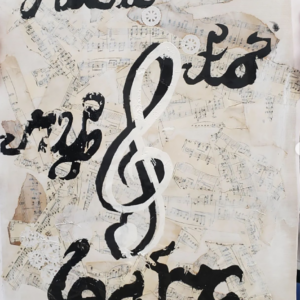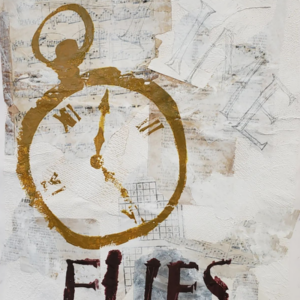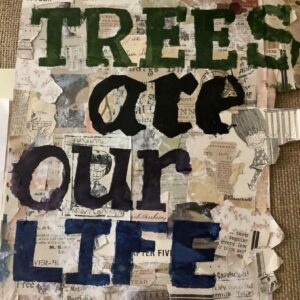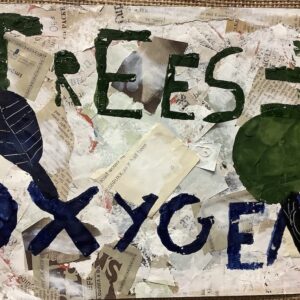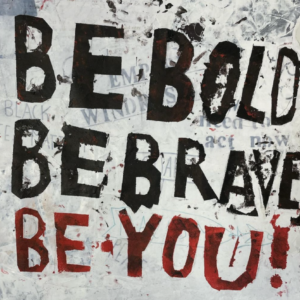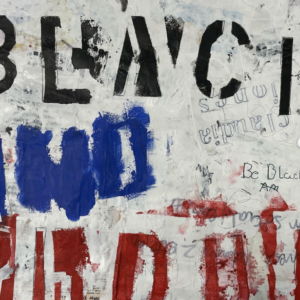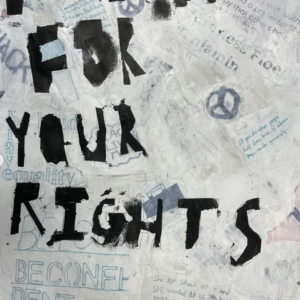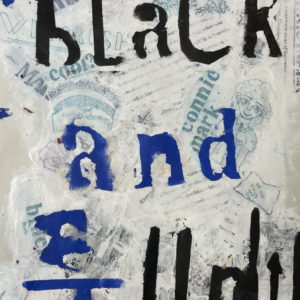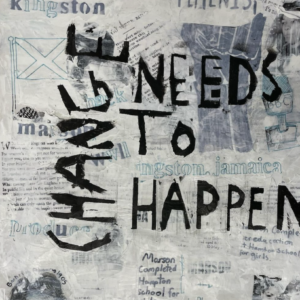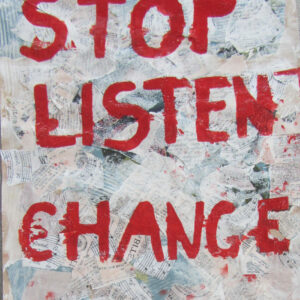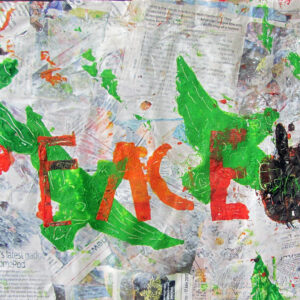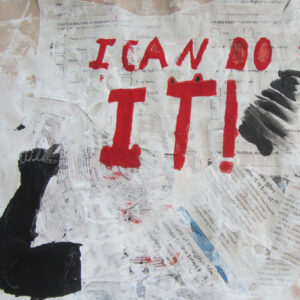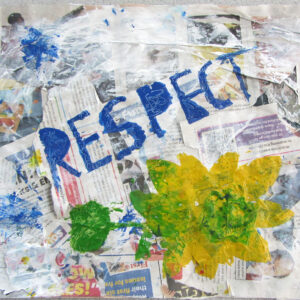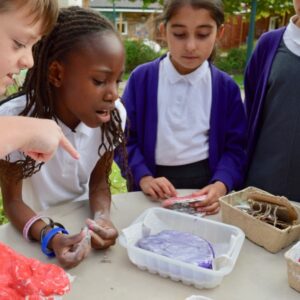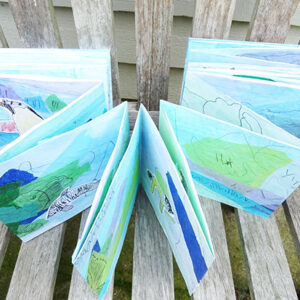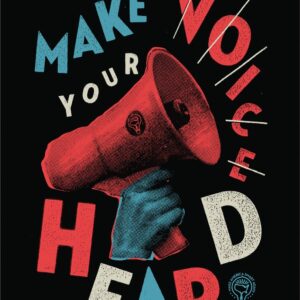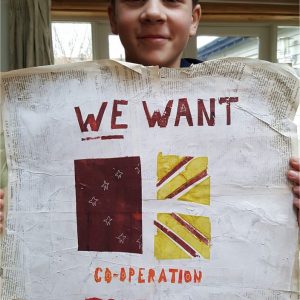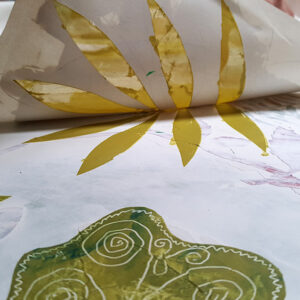Pathway for Years 5 & 6
Disciplines:
Printing, Collaging, Drawing
Key Concepts:
-
That artists can use art as a way to express their opinions, using their skills to speak for sectors of society.
-
That artists acting as activists often use print because it allows them to duplicate and distribute their message.
-
That a carefully chosen image can be a powerful way to communicate as it is direct and crosses boundaries of language.
-
That through art as activism we can come together.
In this pathway children are introduced to the idea that they can use art as a way of sharing their passions and interests with their peers and community. We start by introducing pupils to artists who are activists, and then we go on to help pupils identify and voice the things they care about as individuals.
There is then a choice of projects: the class can either make posters or zines, using using collage, print and drawing.
Medium:
Paper, Pen, Paint
Artists: Luba Lukova, Faith Ringgold, Shepard Fairey
If you use this resource in your setting, please tag us on social media: #InspiredBy @accessart (facebook, twitter) @accessart.org.uk (instagram) and share the url. Thank you!
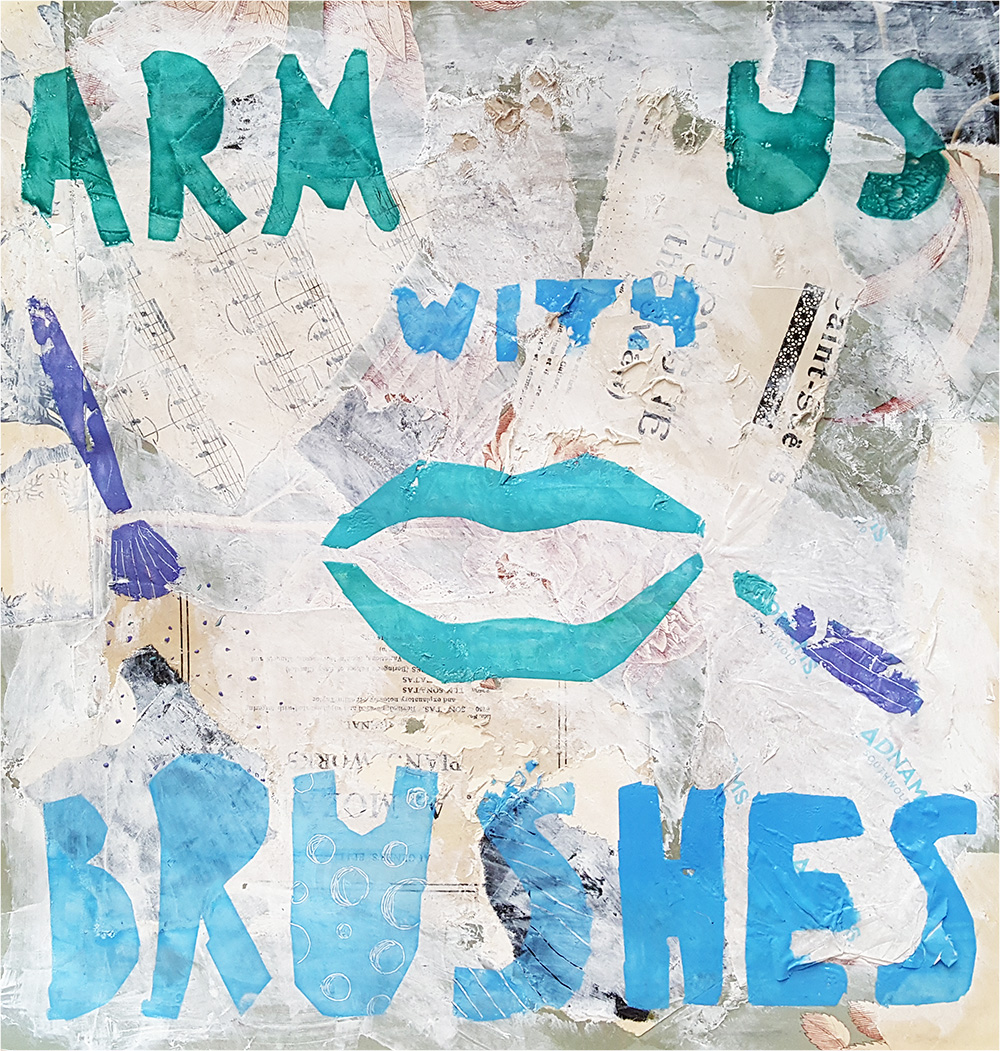
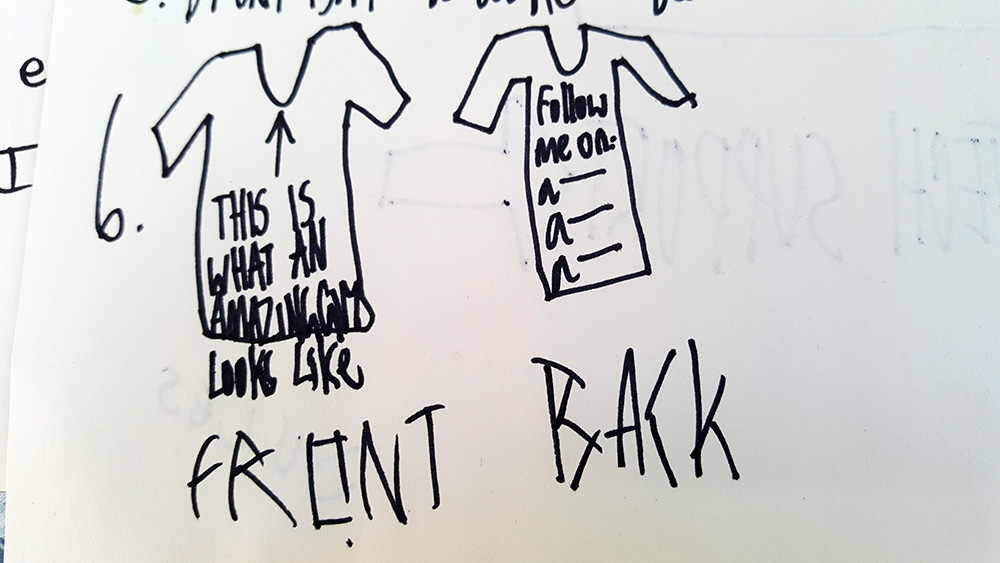


Teaching Notes
Find the MTP for this pathway here.
Curriculum Links
History: Look at the messaging from WW2 posters.
Science: Environmental changes, deforestation.
PSHE: Responsibility to the planet, Collaboration, Peer Discussion, Different Religions, Ethnic Identity.
I Can…
-
I have seen how artists use their skills to make art which speaks about things which matter, often on behalf of whole communities.
-
I have explored how I can find out what I care about, and find ways I might share my ideas with us.
-
I have seen how my classmates may have different things they care about, or share things we care about, but they are all valid.
-
I can create visuals and text which communicate my message.
-
I can use line, shape and colour to make my artwork.
-
I can use typography to make my messages stand out.
-
I can combine different techniques such as print, collage and drawing.
-
I can reflect and articulate about my own artwork and artwork made by my classmates.
This pathway takes 6 weeks, with an hour per week. Shorten or lengthen the suggested pathway according to time and experience. Follow the stages in green for a shorter pathway or less complex journey.
Materials
Soft B pencils, handwriting pens, sharpies.
Option 1: Make a Poster – Wall paper samples, white acrylic paint, PVA glue.
(For the screen printing) – Masking tape, silk screen mesh, printing ink, printing medium, newsprint, cartridge paper or other printable surface, pen/pencil, craft knives (optional), masking tape, cardboard for palette and squeegee, bucket, A4 Acetate sheets and pva glue (optional).
Option 2: The Art of Zines – Large sheet of cartridge paper, collage papers, newspaper, PVA glue.
Pathway: Print & Activism
A PDF of this pathway can be found here.
-
Aims of the Pathway
This pathway introduces pupils to the idea that artists can use their skills, vision and creativity to speak on behalf of communities, changing the world for the better.
- Week 1: Introduction
The Relationship Between Print & Activism
We begin by introducing pupils to the idea that art can be used to express the opinions of artists, who in turn speak for sectors of society. Artists can be activists, and many artists choose print as a way to make their art, as it allows them to reproduce their artwork so that it can reach many people.
Choose one or more of the artists below to introduce to your class, depending on the project option you choose.
- Introduce an Artist Activist
Luba Lukova
Use free to access “Talking Points: Luba Lukova“ to explore a designer who uses posters as a way to address injustice in the world. Use the questions at the bottom of the resource to help guide a discussion about the artists approach.
- Introduce an Artist Activist
Faith Ringgold
Use free to access “Talking Points: Faith Ringgold” resource to explore an artist who makes painted quilts to communicate personal narratives, history and politics. Use the questions at the bottom of the resource to help guide a discussion about the artists approach.
- Introduce an Artist Activist
Kate DeCiccio

Use the free to access “Talking Points: Kate DeCiccio” to explore how posters can be used to communicate important messages within different communities.
- Find Your Voice…
What Do YOU Care About?
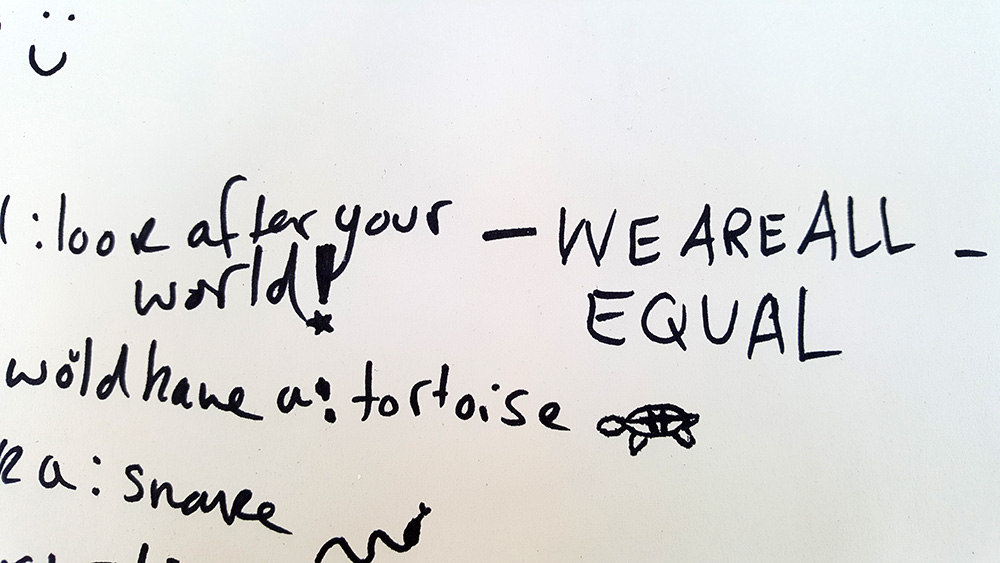
What do you care about? What is your message to the world? Sometimes it can be hard to find the right words, or be brave enough to say them outloud.
The “Find Your Message” resource will help pupils to find their passion and their message, and enable them to communicate it in their own way.
Work in sketchbooks or on large sheets of paper. Work alone or in small groups of people you trust.
This activity will encourage children to start exploring who they really are, before they take their next steps to secondary school.
- Week 2,3,4 & 5
Find your focus
Decide whether you would like to explore pupil voice by making posters or making zines, and follow the pathways below.
- Option 1
Make a Poster
This pathway shares how you can make a poster about something you care about.
- Look and Talk
Shepard Fairey
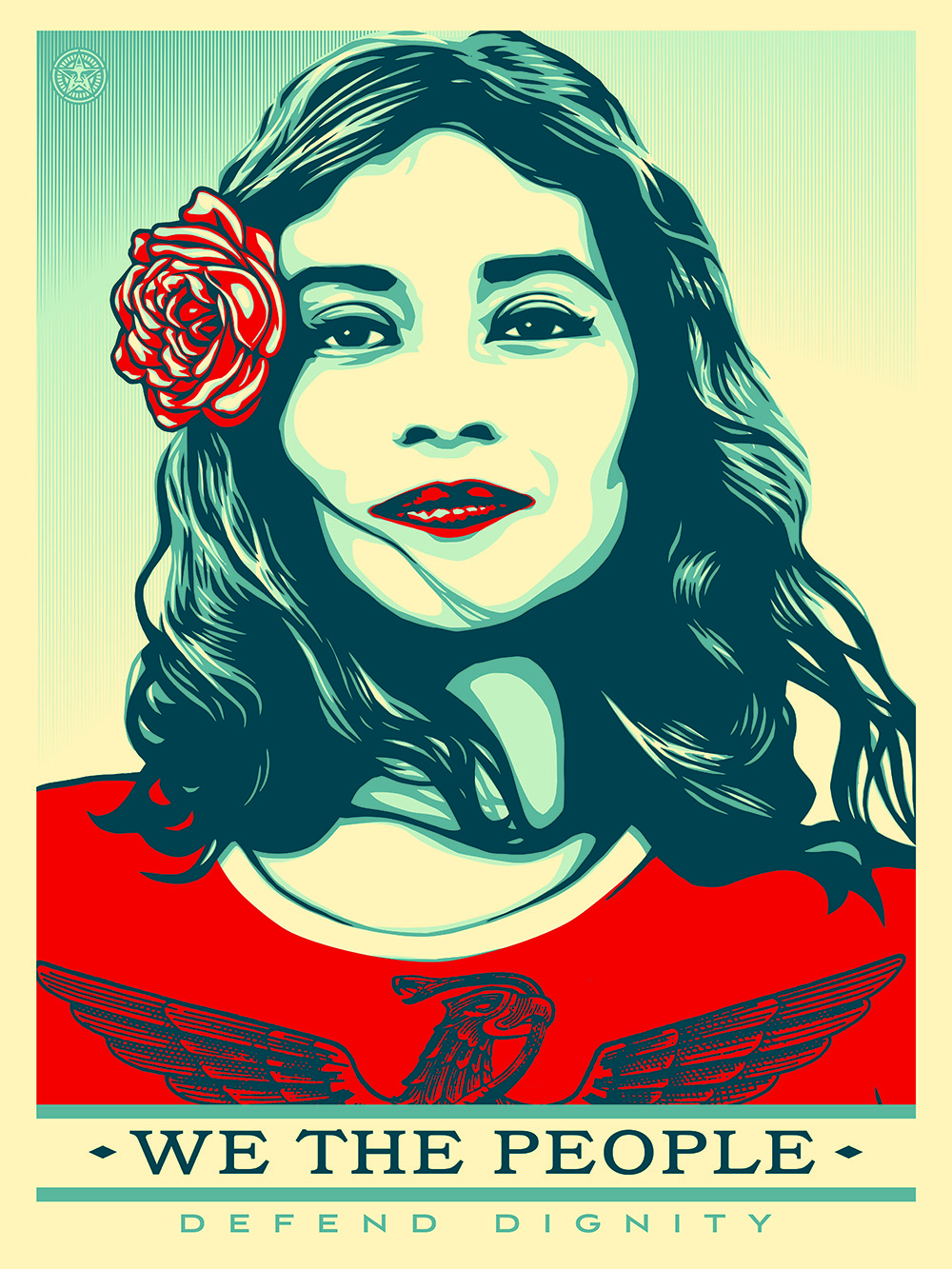
Introduce discussions about street art and activism in the classroom using free to access “Talking Points: Shepard Fairey“.
- Make
Create a Poster Inspired by Shepard Fairey
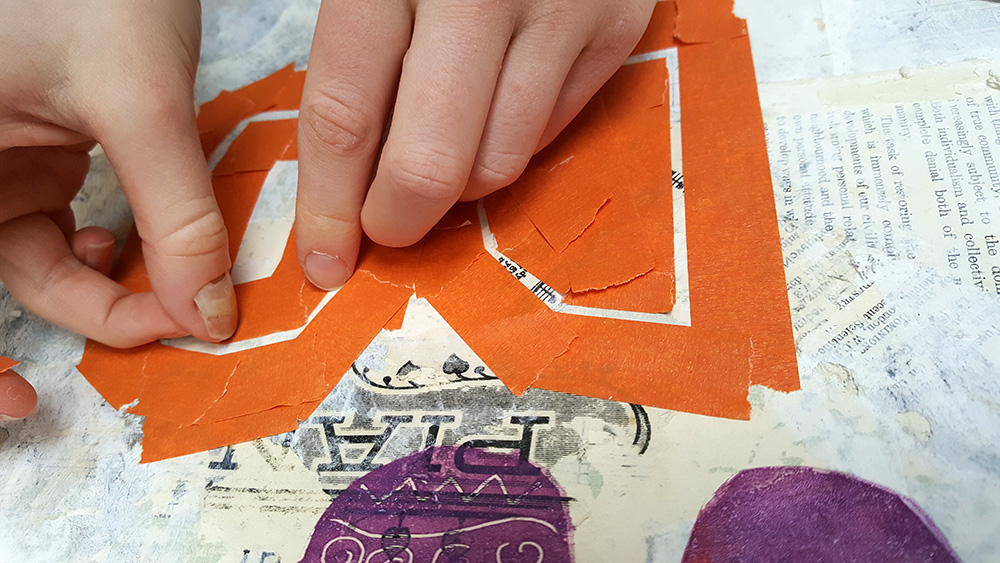
Use the “Creating a poster inspired by Shepard Fairey” resource. Children will begin by collaging their own canvas and go on to create their poster design, through stencil, collage or screen print.
-
Screen Print Hack

If you decide that you’d like to revisit screen print with the children or they haven’t had the opportunity to screen print before, here is a video for our “Screen Print Hack” to support this facilitation.
Children can also use collage and stencilling as a way to create their posters.
-
Or…
- Option 2:
Make a Zine
Use the following resources to inspire pupils to make a zine.
- Introduce
Talking Points: What is a Zine?

Use the free to access “Talking Points: What is a Zine?” to explore the purpose of Zines.
- Be Inspired
The Art of Zines
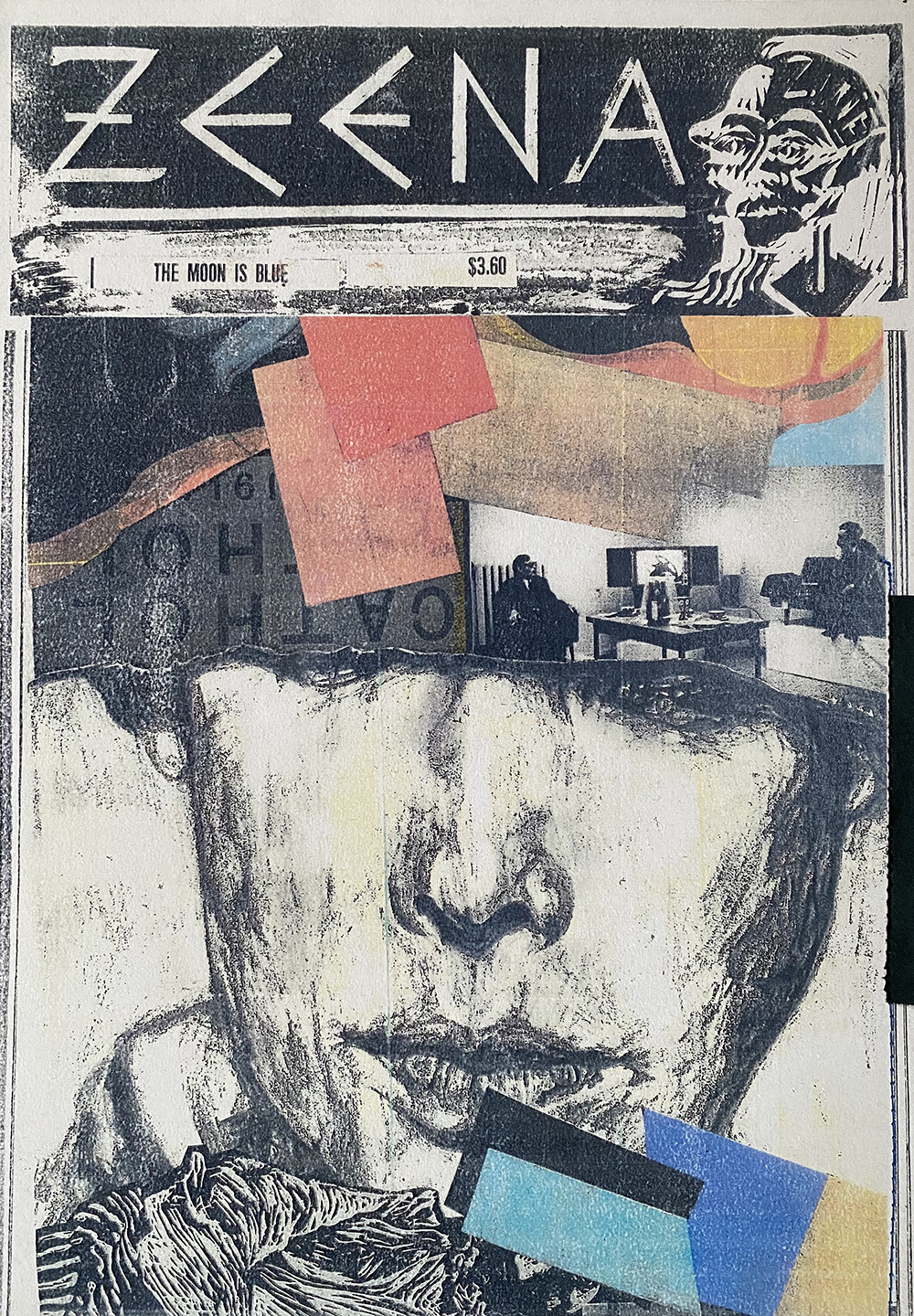 See how older pupils made zines about things they cared about in the “Art of Zines” resource.
See how older pupils made zines about things they cared about in the “Art of Zines” resource. - Make
Make a Simple Folded Sketchbook

Use the “Simple Folded Sketchbook” resource as basis for your zine.
- Collage
Fill your Zine
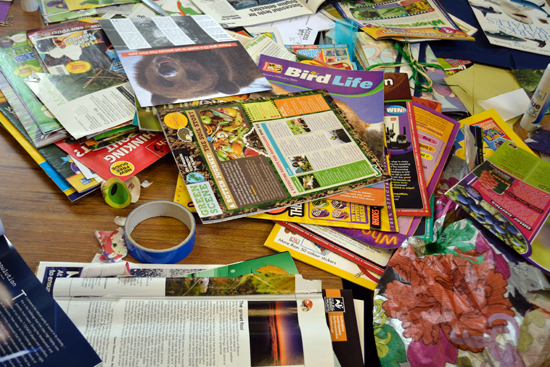
Children may want to begin their zines by “starting with magazine imagery“.
Supply children with a variety of magazine imagery which can be used to communicate their message.
Invite children to modify their chosen imagery, by cutting, folding, sticking and juxtaposing whilst thinking about the composition of their zine pages. Images can be photocopied in black and white and drawn/painted over.
Encourage experimentation and exploration of how best to communicate their message through text and word.
- Week 6
Share, reflect, discuss

Time to see the work which has been made, talk about intention and outcome.
Invite children to display the work in a clear space, and walk around the work as if they are in a gallery. Give the work the respect it deserves. Remind the children of their hardwork.
Use the resource here to help you run a class “crit” to finish the project.
See This Pathway Used In Schools
